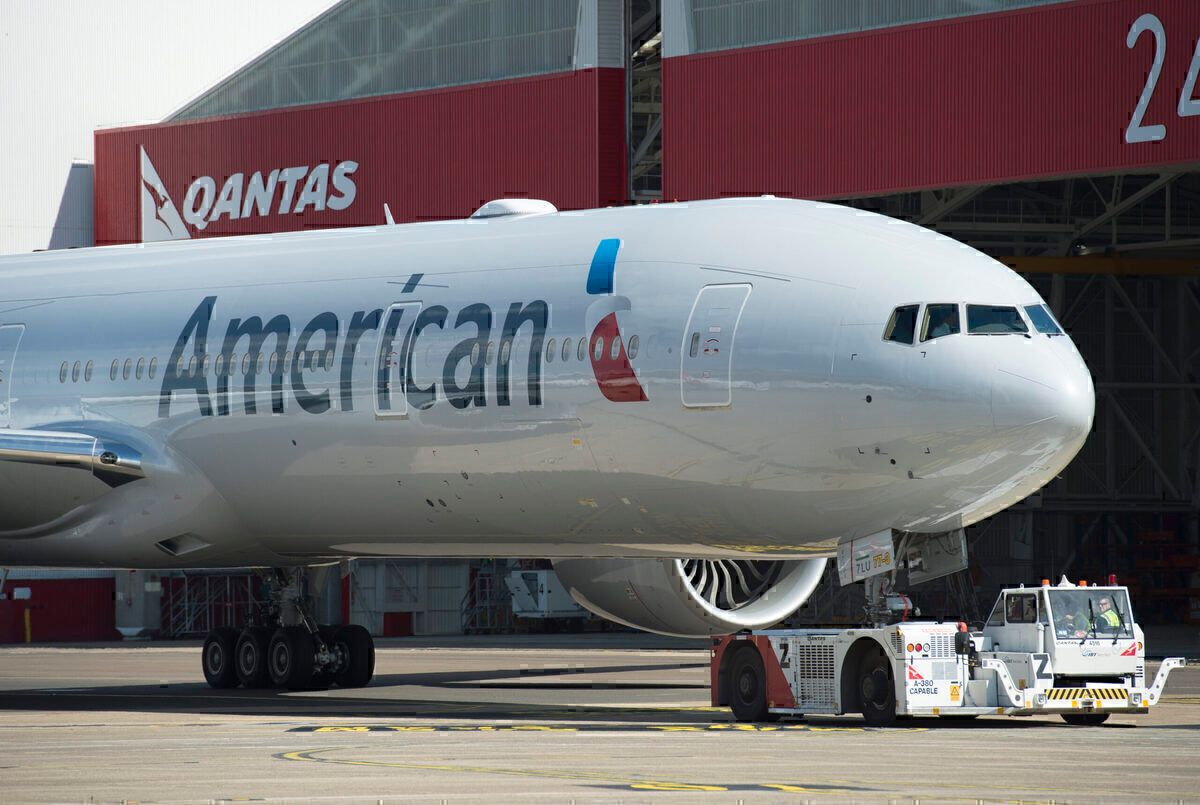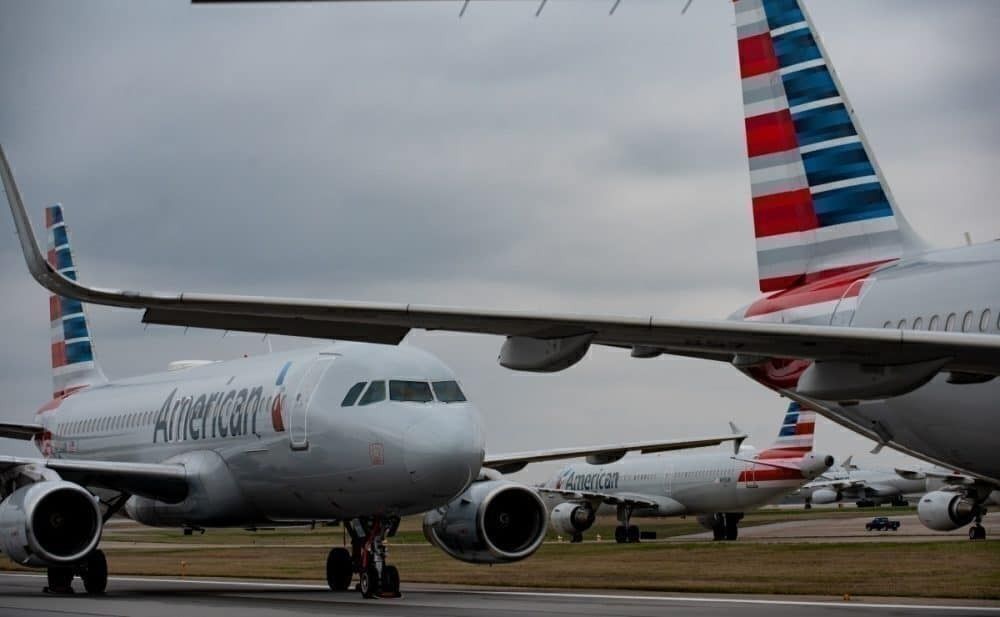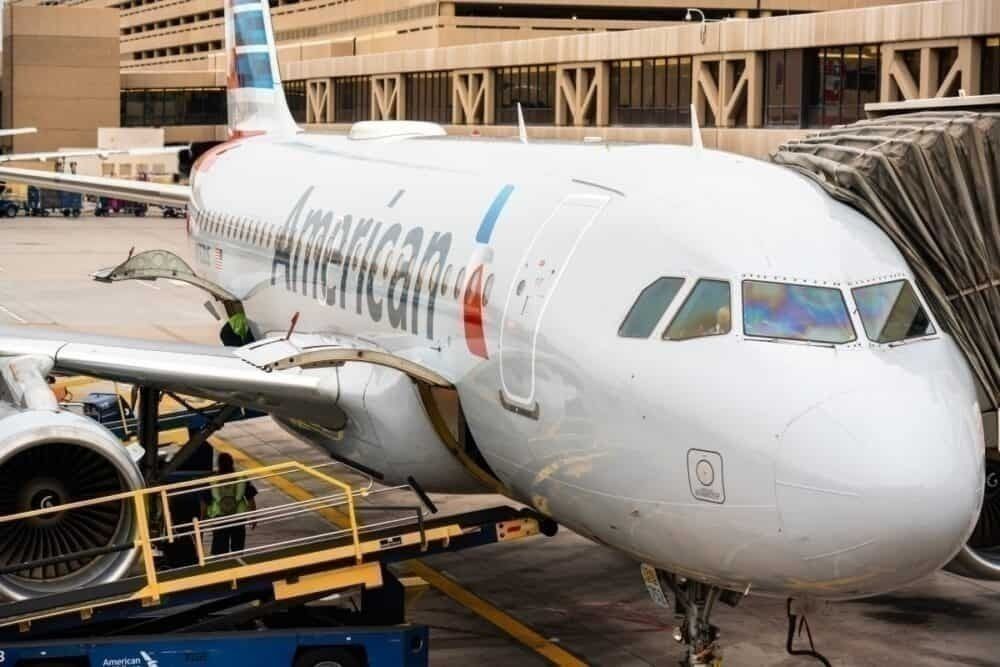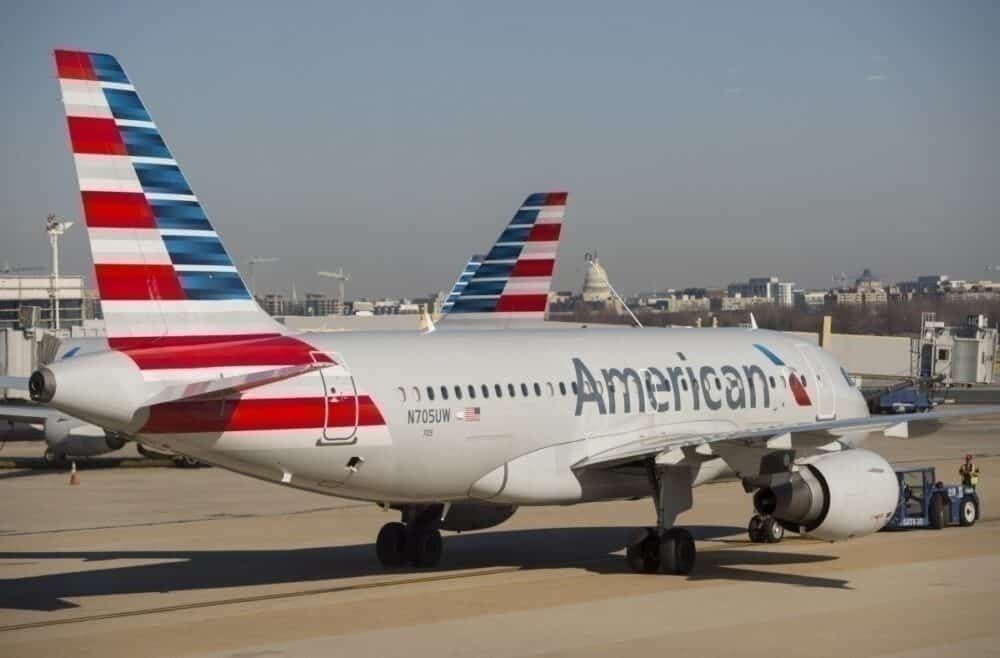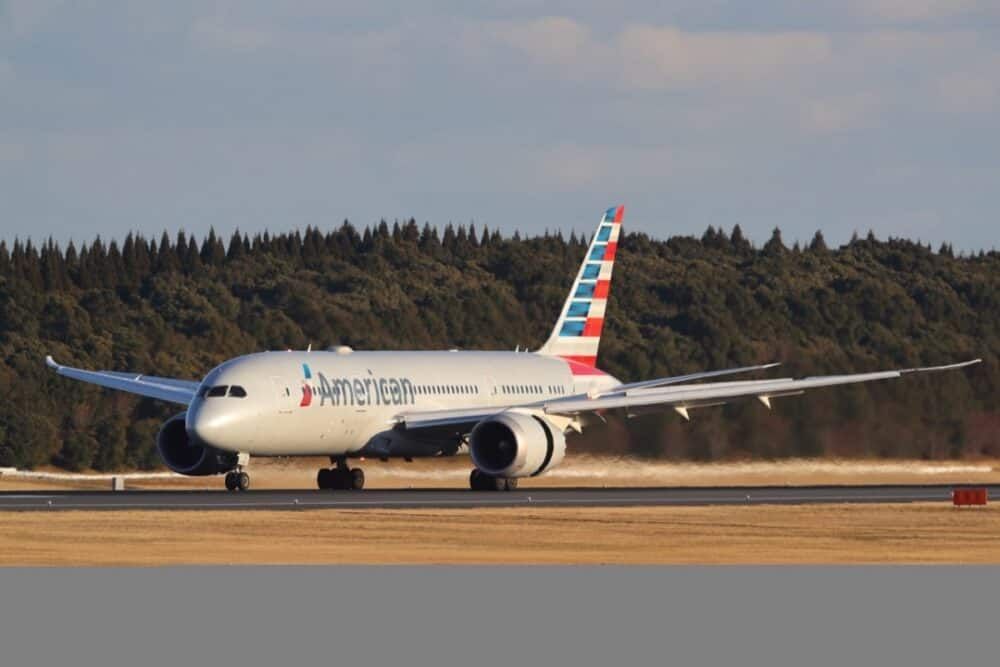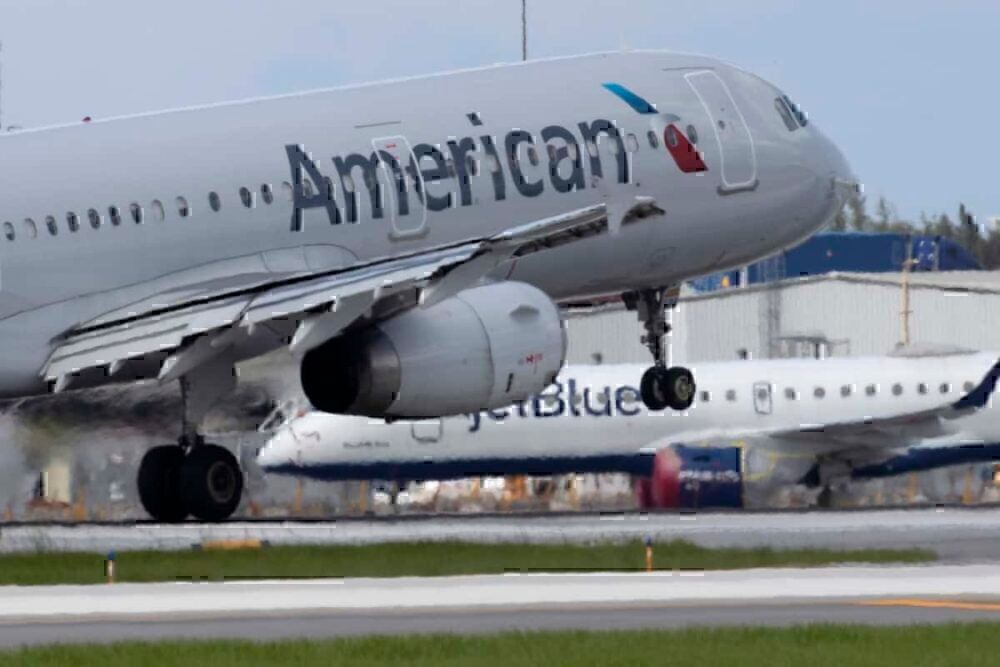American Airlines expects a higher average daily cash burn for the fourth quarter to come in near $30 million. The airline attributes this to demand slowdown in the past few weeks and modestly higher fuel prices. The airline is not the only one to again sound the alarm that things are getting difficult.
American expects higher average daily cash burn
In a stock filing from December 4th seen by Simple Flying, the airline stated it has seen a slowdown in demand and forward bookings amid a rise in cases across the United States over the past few weeks. Coupled with new travel restrictions, the airline's Thanksgiving and now Christmas holiday appear blunted.
Previously, American Airlines had anticipated an average daily cash burn of about $25 to $30 million per day. Now, the carrier is expecting its average daily burn to come in at the high end of that forecast.
All of this comes as the airline industry continues to seek additional funding from Congress. A recent bill has proposed billions of dollars for airlines, which American's CEO believes would be the last necessary round of support.
American's liquidity position
Even with the higher daily cash burn, the carrier will still end the fourth quarter with over $14 billion in total available liquidity. Two big components of this include undrawn portions of the loan with the United States Department of Treasury and sales from common stock. In November, American Airlines announced a proposed sale of 38.5 million shares of common stock.
Liquidity is important for any airline. But, right now, it is especially important. Airlines are struggling as they write a playbook for a crisis they have never had to endure. From almost the start of the crisis, American has been making moves to shore up its liquidity position. This includes securing loan agreements, cutting down costs, and using aircraft to secure funding through enhanced equipment trust certificates (EETCs) and sale-leaseback transactions, among other moves.
A worse than expected holiday season
Heading into the fourth quarter, airlines were riding high. Carriers had seen each successive holiday season be better than the last. In the fourth quarter, both Thanksgiving and the December holiday period meant airlines in the US were hoping to get nearly three weeks of solid demand, with plenty of bookings and load factors reaching levels they had not since March.
Unfortunately, come November, the situation with the virus in the United States began to worsen. It is now clear that the United States is experiencing its worst surge in cases, with average new daily case numbers being almost three times as high as the previous surge in the summer. Currently, the virus shows no signs of abating.
All of this blunted expectations for airlines heading into the holiday season. Nearly all flights are being yield managed on a short-term basis as situations can change almost overnight.
How airlines have responded to the crisis
Airlines have staked out two different positions throughout the crisis. Some carriers, like Delta Air Lines and Hawaiian Airlines, have been very conservative with their networks. The airlines did not add massive capacity, deferred new aircraft orders, and with the former, retired nearly 200 aircraft this year.
Nearly every other airline, with JetBlue, United, and Southwest as some examples, have gone out and expanded their networks and added hosts of new routes. United has even announced several new long-haul international routes.
American Airlines has definitely stayed more conservative, but that has not stopped it from growing– indirectly, that is. In the summer, it announced a new partnership with JetBlue, which will unlock some new transatlantic routes. This enables American to continue to maintain its positions in Boston and New York City, but now having new partner feed which has become ever-so-important amid the ongoing crisis. As Vasu Raja, American's Chief Revenue Officer, has stated repeatedly, American was too small to win and too big to exit the Northeast.
On the West Coast, the carrier continued to deepen its partnership with Alaska Airlines. The carrier intends to move its Shanghai flight from Los Angeles to Seattle, and it still has plans for a flight to Bangalore in India from Alaska's hub in Seattle.
With these deeper new partnerships, American Airlines essentially has added several new massive hubs, including New York and Boston on the East Coast and Seattle on the West Coast.
The airline itself has not grown massively. American Airlines has, in fact, cut service to several most small destinations across the United States. It has also reset its international network and continues to reach a more streamlined set of long-haul operations until it can get a much better set of aircraft, including the Airbus A321XLR and plenty of more Boeing 787 jets.
Do you think American is taking the right steps during the crisis? Let us know in the comments!

